Home>Furniture>Living Room Furniture>How To Clean Vinyl Cushions
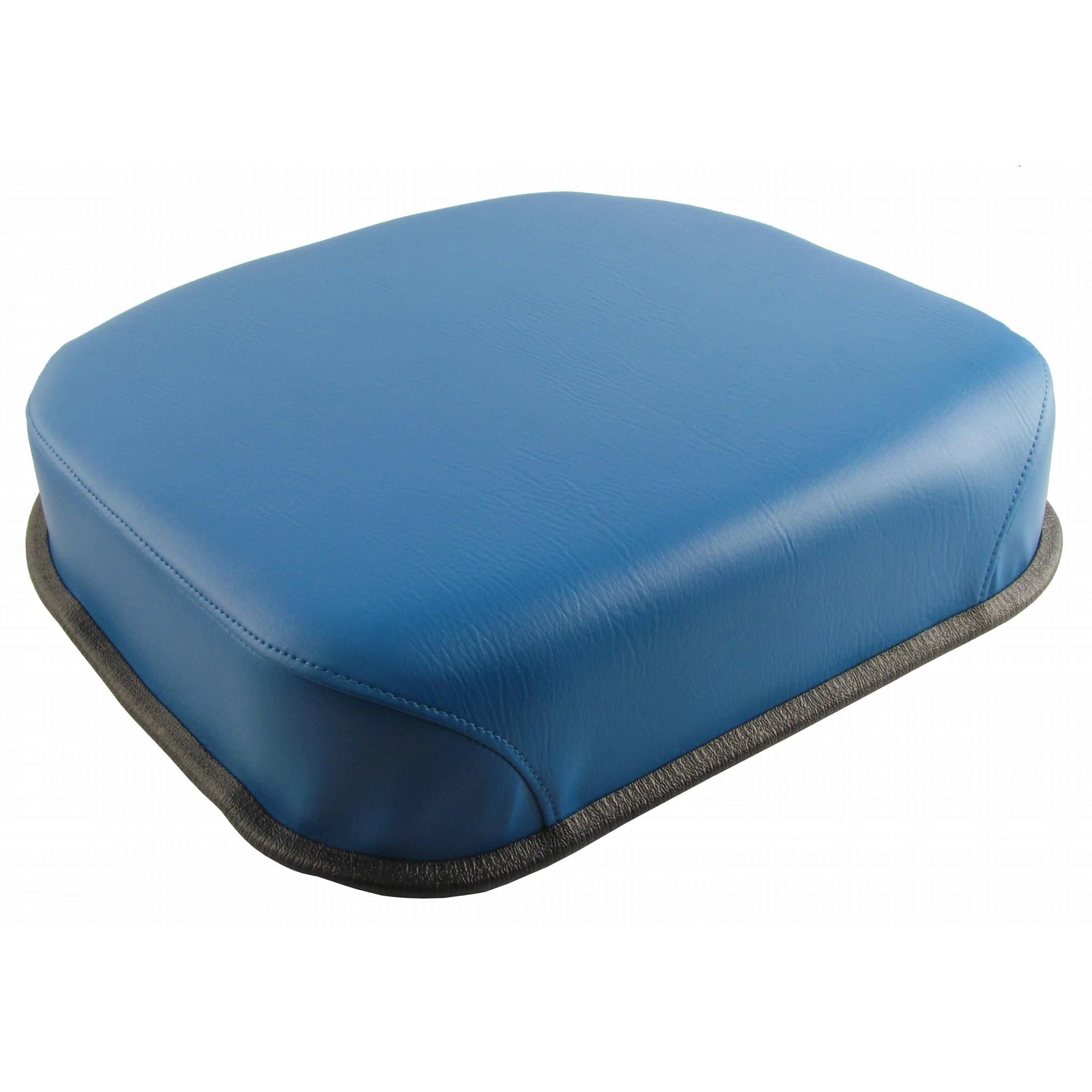

Living Room Furniture
How To Clean Vinyl Cushions
Modified: March 16, 2024
Learn how to effectively clean and maintain your vinyl cushions for your living room furniture. Discover simple tips and tricks for removing stains and keeping your cushions looking fresh and new.
(Many of the links in this article redirect to a specific reviewed product. Your purchase of these products through affiliate links helps to generate commission for Storables.com, at no extra cost. Learn more)
Introduction
Welcome to our comprehensive guide on how to clean vinyl cushions! Vinyl is a popular material used for furniture upholstery due to its durability, affordability, and easy maintenance. Whether you have vinyl cushions on your living room sofa, chairs, or even outdoor patio furniture, it’s essential to keep them clean for both aesthetic and hygienic reasons.
Vinyl cushions can accumulate dirt, dust, stains, and even develop mold or mildew if not properly cared for. But fear not! With the right supplies and techniques, you can easily restore your vinyl cushions to their original pristine condition. In this article, we’ll walk you through the step-by-step process of cleaning vinyl cushions and share some helpful tips along the way.
Before we begin, make sure you have all the necessary supplies ready. Here’s a list of items you’ll need:
Key Takeaways:
- Keep your vinyl cushions clean and well-maintained by following a step-by-step process that includes preparing, dusting, removing stains, and conditioning. Regular maintenance and gentle cleaning solutions are key to preserving their longevity.
- Protect your vinyl cushions from damage by avoiding harsh chemicals, inspecting for wear and tear, and using coasters and placemats. Regular conditioning and proper rinsing and drying are essential for maintaining their appearance and durability.
Read more: How To Paint Vinyl Chair Cushions
Supplies Needed
- Mild detergent or vinyl-specific cleaner
- Bucket
- Soft-bristle brush or sponge
- White vinegar
- Water
- Microfiber cloth or soft towel
- Non-abrasive scrubbing pad (optional)
Now that you have everything you need, let’s dive into the step-by-step process of cleaning vinyl cushions.
Key Takeaways:
- Keep your vinyl cushions clean and well-maintained by following a step-by-step process that includes preparing, dusting, removing stains, and conditioning. Regular maintenance and gentle cleaning solutions are key to preserving their longevity.
- Protect your vinyl cushions from damage by avoiding harsh chemicals, inspecting for wear and tear, and using coasters and placemats. Regular conditioning and proper rinsing and drying are essential for maintaining their appearance and durability.
Read more: How To Paint Vinyl Chair Cushions
Supplies Needed
Before you start cleaning your vinyl cushions, it’s important to gather all the necessary supplies. Having everything on hand will make the process easier and more efficient. Here’s a list of items you’ll need:
- Mild detergent or vinyl-specific cleaner: Choose a gentle detergent or a cleaner specifically designed for vinyl upholstery. Avoid harsh chemicals that may damage the vinyl.
- Bucket: You’ll need a bucket to mix the cleaning solution and water.
- Soft-bristle brush or sponge: Use a soft-bristle brush or sponge to scrub the vinyl cushions gently.
- White vinegar: Vinegar is a natural disinfectant that can help remove stains and kill bacteria on vinyl surfaces.
- Water: You’ll need water to dilute the cleaning solution and rinse the cushions.
- Microfiber cloth or soft towel: A microfiber cloth or soft towel is ideal for wiping down the cushions and removing excess moisture.
- Non-abrasive scrubbing pad (optional): If you’re dealing with stubborn stains or grime on your vinyl cushions, you may need a non-abrasive scrubbing pad for extra cleaning power.
Having these supplies ready will ensure a smooth cleaning process and help you achieve the best results. Once you’ve gathered all the necessary items, you’re ready to move on to the next step: preparing the vinyl cushions for cleaning.
Preparing the Vinyl Cushions
Before you start cleaning your vinyl cushions, it’s important to prepare them properly. This step will help loosen dirt and make the cleaning process more effective. Here’s what you need to do:
- Remove the vinyl cushions from the furniture: If your cushions are removable, take them off the furniture and place them on a clean, flat surface. This will make it easier to clean and prevent any damage to the furniture itself.
- Dust off the cushions: Use a soft brush or a dry cloth to remove any loose dust or debris from the cushions. This will prevent them from scratching the vinyl surface during cleaning.
- Check for mold or mildew: Inspect the cushions for any signs of mold or mildew. These can develop in humid or damp environments. If you notice any growth, follow the steps outlined in the next section to remove it.
Once you’ve completed these steps, you’re ready to move on to the actual cleaning process. Remember, proper preparation is key to achieving the best results and prolonging the lifespan of your vinyl cushions.
Continue reading to learn how to remove dust and debris from the vinyl cushions.
Removing Dust and Debris
Once you’ve prepared your vinyl cushions, it’s time to tackle the dust and debris that may have accumulated on the surface. Regular dusting ensures that your cushions are clean and helps prevent scratching during the cleaning process. Here’s how you can remove dust and debris from your vinyl cushions:
- Start by giving the cushions a good shake to loosen any loose dirt or particles.
- Use a soft brush or a dry cloth to gently brush off the dust from the surface of the cushions. Make sure to cover all areas, including the crevices and corners.
- If there are any stubborn spots that won’t come off with brushing, you can use a vacuum cleaner with a soft brush attachment to carefully suck up the dust. Be gentle to avoid damaging the vinyl.
- If there are any sticky residue or stains, you can use a mild detergent or vinyl-specific cleaner. Mix a small amount of the cleaner with water according to the instructions on the packaging.
- Dip a soft-bristle brush or sponge into the cleaning solution and gently scrub the affected areas. Be sure to test the cleaner on a small, inconspicuous area of the cushion first to ensure it doesn’t cause any discoloration or damage.
- After scrubbing, rinse the brush or sponge in clean water and continue to wipe off the residue by gently scrubbing in a circular motion.
- Finally, use a clean, damp microfiber cloth or towel to wipe down the entire surface of the cushions, removing any remaining cleaner or residue.
Removing dust and debris from your vinyl cushions will not only improve their appearance but also help prepare them for the deeper cleaning process. Now that you’ve removed the surface dirt, it’s time to address any mold or mildew that may be present.
Read more: How To Clean Porch Cushions
Cleaning Mildew or Mold
If you’ve noticed mold or mildew on your vinyl cushions, it’s important to take immediate action to prevent it from spreading and causing further damage. Mold and mildew can thrive in moist environments, so it’s crucial to address the issue promptly. Here’s how you can clean mildew or mold from your vinyl cushions:
- Create a cleaning solution by combining equal parts of white vinegar and water in a bucket. The acidic nature of vinegar helps kill mold and mildew.
- Dip a soft-bristle brush or sponge into the cleaning solution and gently scrub the affected areas. Make sure to wear gloves and work in a well-ventilated area.
- If the mold or mildew stains are stubborn, you can add some undiluted vinegar directly to the affected areas and let it sit for a few minutes to loosen the growth.
- Continue to scrub the cushions using circular motions, focusing on the areas with mold or mildew. Be thorough but gentle to avoid damaging the vinyl.
- After scrubbing, rinse the brush or sponge in clean water and use it to wipe away the vinegar solution and any remaining mold or mildew.
- Wipe down the entire surface of the cushions with a clean, damp microfiber cloth or towel to remove any residue.
- To ensure that the mold or mildew doesn’t return, allow the cushions to dry completely in a well-ventilated area before placing them back on the furniture.
It’s important to note that if the mold or mildew growth is extensive or persistent, it may be necessary to consult a professional cleaner or consider replacing the cushions to prevent further damage. Regular maintenance and keeping the cushions in a dry environment can help prevent mold and mildew growth in the future.
With the mold and mildew addressed, you can now focus on removing any stubborn stains that may be present on your vinyl cushions.
Mix a solution of mild soap and water. Use a soft brush to scrub the vinyl cushions, then rinse with clean water. Dry thoroughly before using.
Removing Stains
Accidents happen, and stains on vinyl cushions are not uncommon. Whether it’s spilled food, drinks, or other substances, it’s important to address stains as soon as possible to prevent them from setting in. Here’s how you can effectively remove stains from your vinyl cushions:
- Identify the type of stain: Different stains may require different cleaning approaches. Before proceeding, determine the nature of the stain (e.g., grease, ink, food) to choose the appropriate cleaning method.
- Blot the stain: If the stain is fresh, gently blot the excess liquid or substance with a clean cloth or paper towel. Avoid rubbing, as it can spread the stain further.
- Prepare a cleaning solution: Mix a mild detergent with water or use a vinyl-specific cleaner following the instructions on the packaging. Create a solution that is suitable for the type of stain you are dealing with.
- Dip a soft-bristle brush or sponge into the cleaning solution, and gently scrub the stained area in a circular motion. Start from the outer edges and work your way towards the center to prevent spreading the stain.
- Rinse the brush or sponge in clean water, and continue to wipe off the residue by gently scrubbing.
- Rinse the stained area with clean water and pat it dry with a clean cloth or towel. Make sure to remove all traces of the cleaning solution.
- If the stain persists, you can try using a non-abrasive scrubbing pad or a paste made of baking soda and water. Apply the paste to the stain, let it sit for a few minutes, and then gently scrub the area before rinsing it off.
- For stubborn stains that resist all efforts, it may be beneficial to seek professional cleaning services or consider replacing the cushions.
Remember to test any cleaning solution or method on a small, inconspicuous area of the cushion first to ensure it doesn’t cause any damage or discoloration.
Now that you’ve successfully tackled the stains on your vinyl cushions, it’s time to move on to the next step: rinsing and drying them.
Rinse and Dry
After cleaning the vinyl cushions and removing stains, it’s crucial to properly rinse and dry them to ensure a thorough cleaning and prevent any leftover residue from causing damage. Here’s how to effectively rinse and dry your vinyl cushions:
- Fill a clean bucket with warm water. Dip a soft-bristle brush or sponge into the water and gently wring out any excess.
- Using the brush or sponge, gently scrub the cushions again to remove any remaining cleaning solution or residue.
- Alternatively, you can use a clean, damp microfiber cloth or towel to wipe down the cushions.
- Continue rinsing until you are confident that all traces of the cleaning solution have been removed.
- Once the cushions are thoroughly rinsed, use a dry microfiber cloth or towel to blot them and remove excess moisture.
- Allow the cushions to air dry completely in a well-ventilated area, away from direct sunlight and heat sources. This will ensure that they dry evenly and prevent any potential damage or warping.
- If desired, you can periodically flip the cushions to ensure both sides dry evenly.
Proper rinsing and drying are essential to prevent any residue or moisture from causing discoloration or damage to the vinyl cushions. Once the cushions are fully dry, you can move on to the next step: conditioning the vinyl.
Conditioning the Vinyl
Conditioning the vinyl cushions is an important step to keep them looking their best and prolong their lifespan. Vinyl can dry out and become brittle over time, especially with regular use and exposure to sunlight. Conditioning helps restore moisture to the material and prevents it from cracking or fading. Here’s how you can effectively condition your vinyl cushions:
- Choose a vinyl conditioner or protectant specifically designed for upholstery. Look for products that are non-greasy and provide UV protection.
- Start by reading the instructions on the conditioner’s packaging to ensure proper usage.
- Apply a small amount of the conditioner to a clean, soft cloth or applicator pad.
- Gently rub the conditioner onto the surface of the vinyl cushions, using circular motions and applying even pressure.
- Pay extra attention to areas that may be prone to cracking or drying, such as seams and creases.
- Allow the conditioner to penetrate the vinyl for the recommended time specified by the product manufacturer.
- After the recommended time has elapsed, use a clean cloth to gently wipe away any excess conditioner.
- Buff the cushions with a soft, dry cloth to restore shine and remove any remaining residue.
Regularly conditioning your vinyl cushions, especially in high-use areas, will help maintain their flexibility and protect them from the effects of aging, such as cracking and fading. However, be cautious not to overcondition, as excessive buildup of the product can create a sticky surface.
Now that you’ve successfully conditioned your vinyl cushions, let’s move on to some final tips and recommendations to help you keep them in optimal condition.
Read more: How To Clean Foam Cushions
Final Tips and Recommendations
Congratulations on successfully cleaning and caring for your vinyl cushions! To ensure their longevity and keep them looking their best, here are some final tips and recommendations:
- Regular maintenance: Establish a regular cleaning schedule to prevent dirt, dust, and stains from building up on your vinyl cushions. A quick wipe-down with a soft cloth or vacuuming with a brush attachment can go a long way in maintaining their cleanliness.
- Protect from direct sunlight: Vinyl can be susceptible to fading and discoloration when exposed to direct sunlight for prolonged periods. Consider using shades, blinds, or curtains to block sunlight during peak hours or move the furniture to a shaded area if possible.
- Avoid harsh chemicals: When cleaning your vinyl cushions, steer clear of harsh chemicals, bleach, or abrasive cleaners. These can cause damage and discoloration. Stick to gentle detergents or vinyl-specific cleaners to ensure the integrity of the material.
- Use coasters and placemats: If you use your vinyl cushions for dining or have them placed on surfaces where spills are likely, it’s a good idea to use coasters and placemats to protect them from food and drink stains.
- Regularly inspect for damage: Periodically check your vinyl cushions for any signs of wear, tear, or damage. Promptly address any issues, such as loose seams or tears, to prevent further deterioration.
- Keep away from sharp objects: Avoid placing sharp objects or dragging heavy items across your vinyl cushions, as they can cause scratches or punctures. Be mindful of any sharp edges on clothing or accessories that could potentially damage the cushions.
- Consider professional cleaning: If your vinyl cushions require deep cleaning or if you’re unsure about handling specific stains or issues, it’s always a good idea to seek professional cleaning services. They have the expertise and specialized products to effectively clean and restore vinyl upholstery.
By following these tips and recommendations, you can enjoy clean and well-maintained vinyl cushions for years to come. Remember, proper cleaning and care not only enhance the appearance of your furniture but also contribute to a healthier living environment. So take the time to give your vinyl cushions the attention they deserve.
We hope this guide has been helpful in your quest to clean and maintain your vinyl cushions. Now, go ahead and enjoy the comfort and beauty of your refreshed living room furniture!
Should you have any specific concerns or questions, consult the manufacturer’s guidelines or seek advice from a professional upholstery cleaner.
Happy cleaning!
Conclusion
Cleaning and maintaining your vinyl cushions is essential for both their longevity and the overall aesthetics of your living space. By following the step-by-step process outlined in this guide and implementing the tips and recommendations, you can effectively remove dust, debris, stains, mold, and mildew from your vinyl cushions, restoring them to their original glory.
Remember, preparation is key – take the time to gather all the necessary supplies before starting the cleaning process. This includes mild detergent or vinyl-specific cleaner, a bucket, a soft-bristle brush or sponge, white vinegar, water, a microfiber cloth or soft towel, and optionally, a non-abrasive scrubbing pad.
Begin by preparing the vinyl cushions, removing dust and debris, and inspecting for mold or mildew. Follow the guidelines provided to clean these cushions thoroughly, whether it’s through gentle scrubbing or the use of vinegar-water solutions. Addressing stains promptly is crucial – determine the stain type and select the appropriate cleaning solution before gently scrubbing the affected areas.
Rinsing and drying the vinyl cushions are crucial steps to ensuring a complete and residue-free cleaning process. Pat the cushions dry with a microfiber cloth, and allow them to air dry completely before moving on to conditioning. Regular conditioning using a vinyl-specific conditioner or protectant helps prevent drying and cracking, ensuring the cushions’ longevity.
To maintain the cleanliness and condition of your vinyl cushions, establish a regular cleaning schedule, protect them from direct sunlight, avoid using harsh chemicals, and regularly inspect for damage. Remember, professional cleaning services are available should you need deep cleaning or encounter difficult stains or issues.
Cleaning and caring for your vinyl cushions may require time and effort, but the results are certainly worth it. So, roll up your sleeves, gather your supplies, and enjoy the benefits of fresh, clean, and well-maintained vinyl cushions. Your living room furniture will thank you!
Frequently Asked Questions about How To Clean Vinyl Cushions
Was this page helpful?
At Storables.com, we guarantee accurate and reliable information. Our content, validated by Expert Board Contributors, is crafted following stringent Editorial Policies. We're committed to providing you with well-researched, expert-backed insights for all your informational needs.
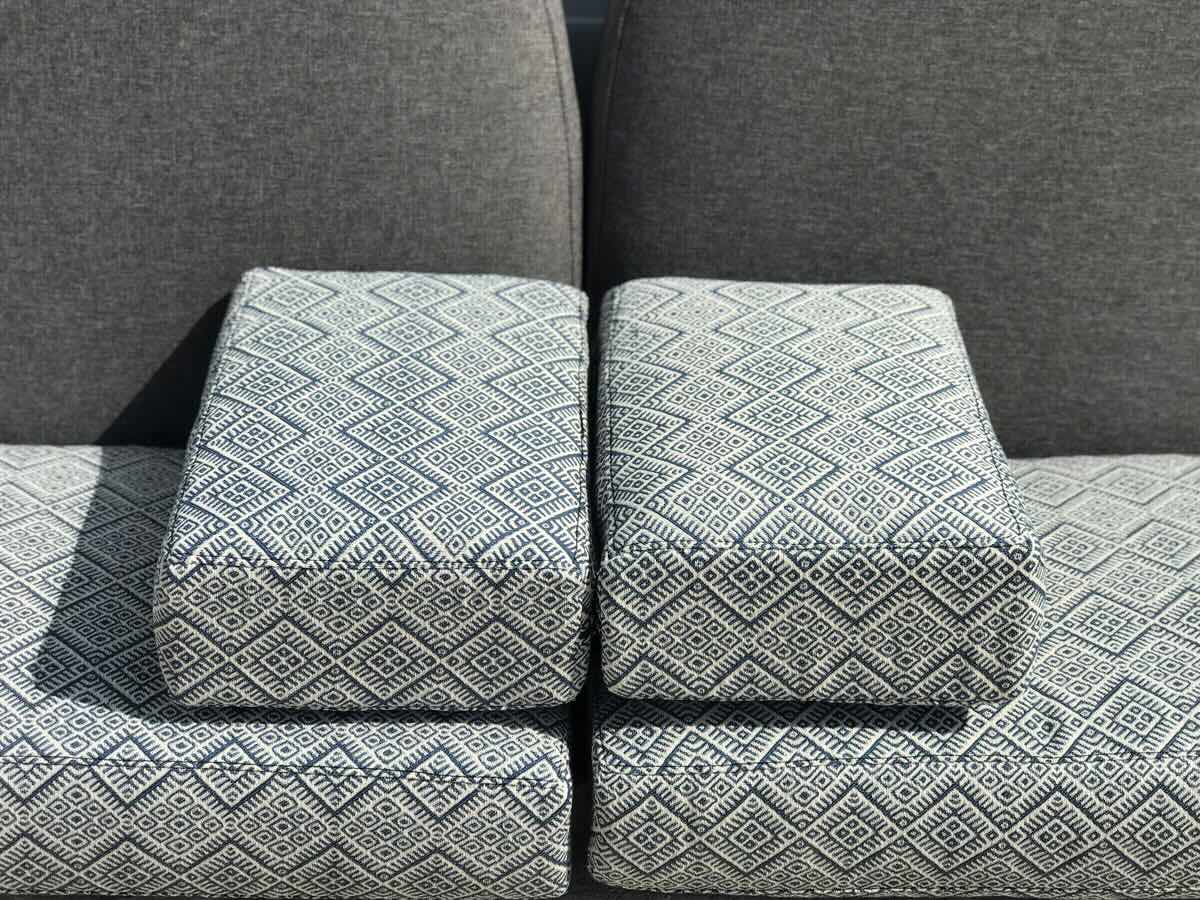
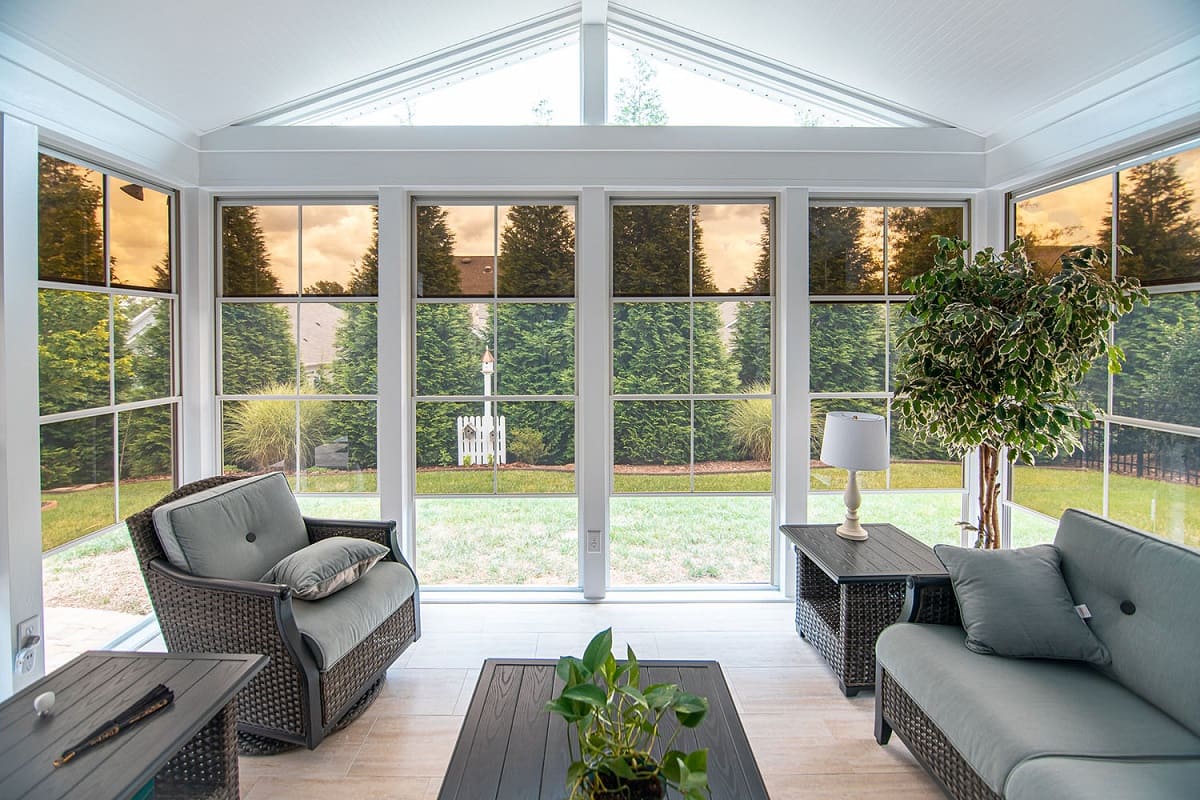
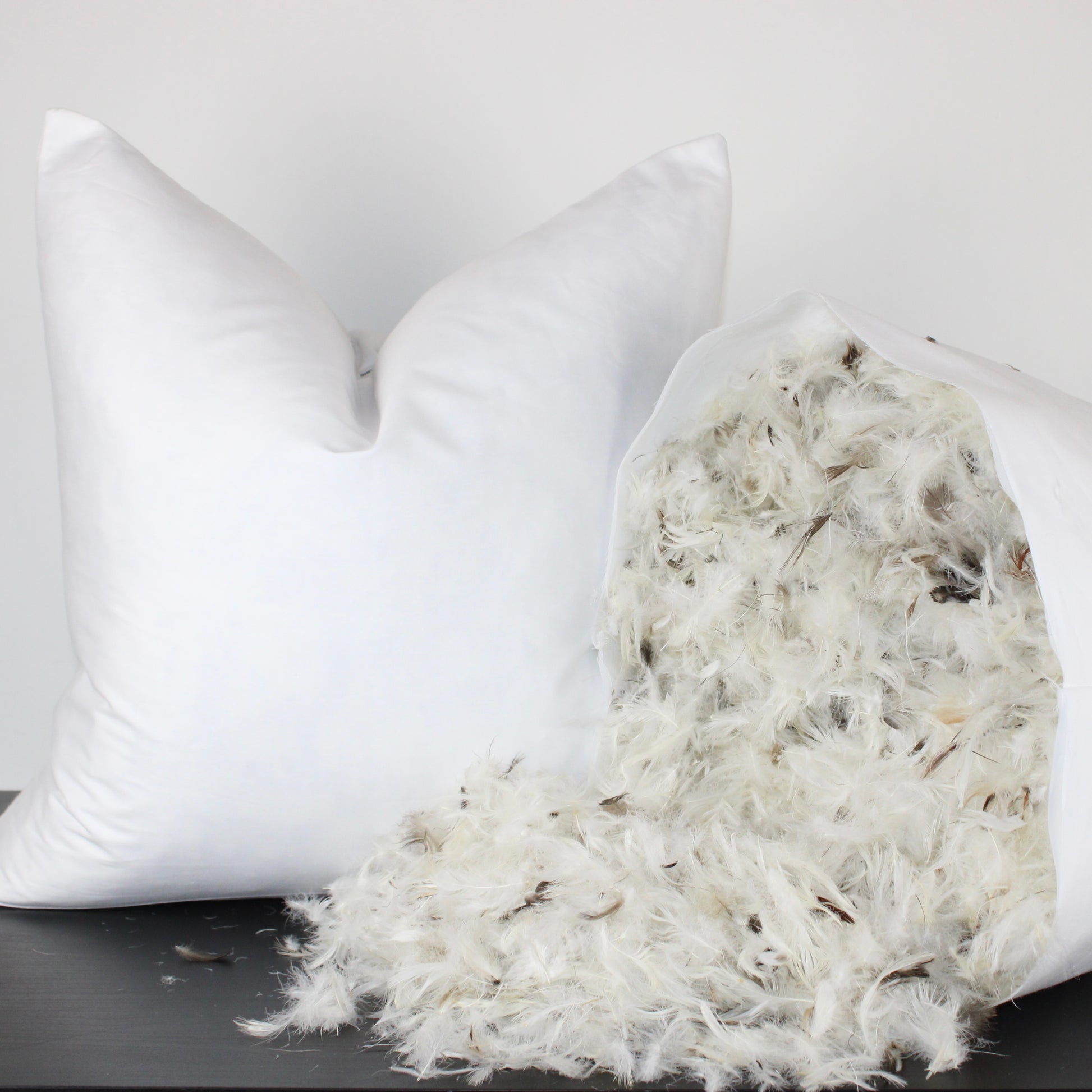
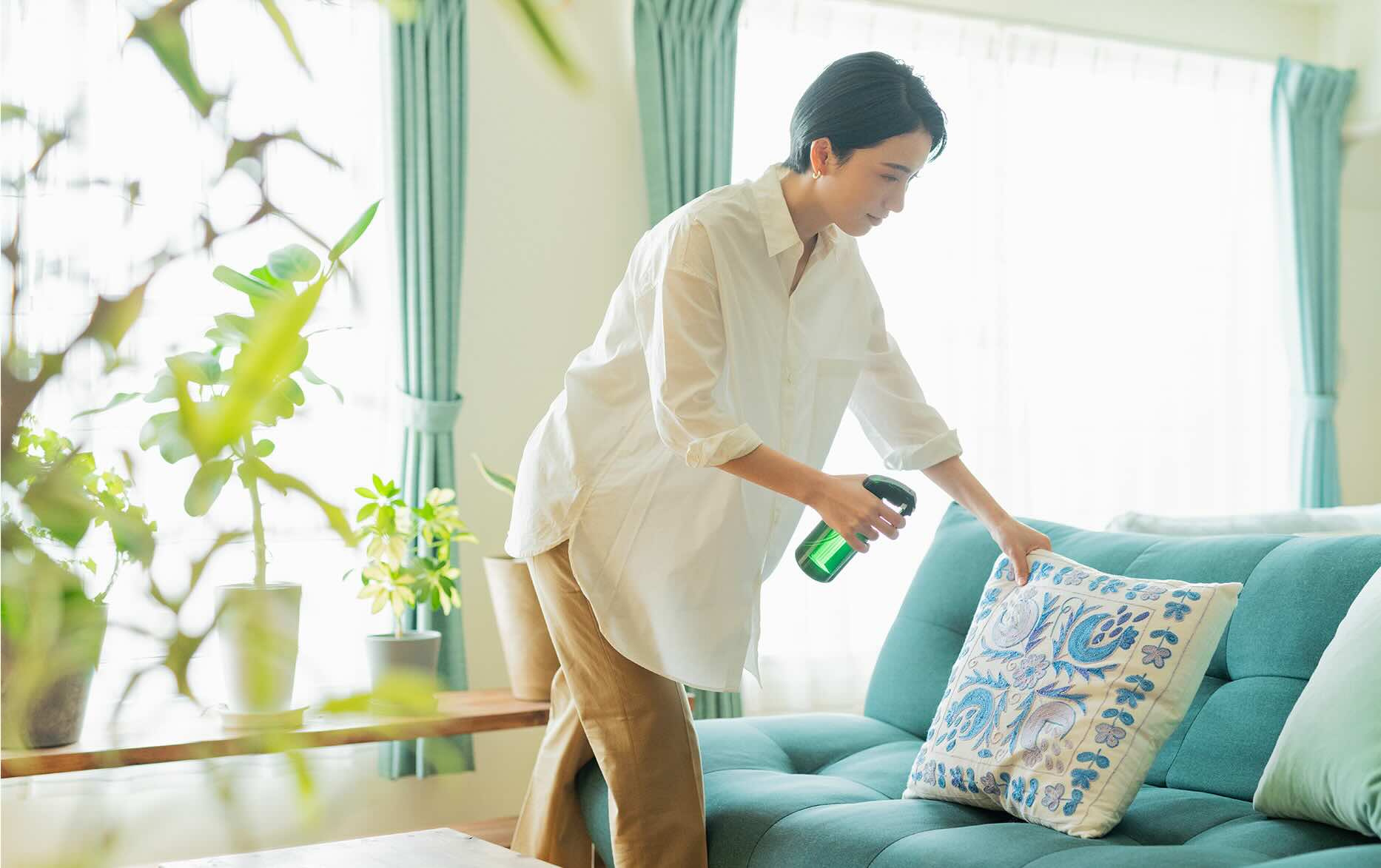
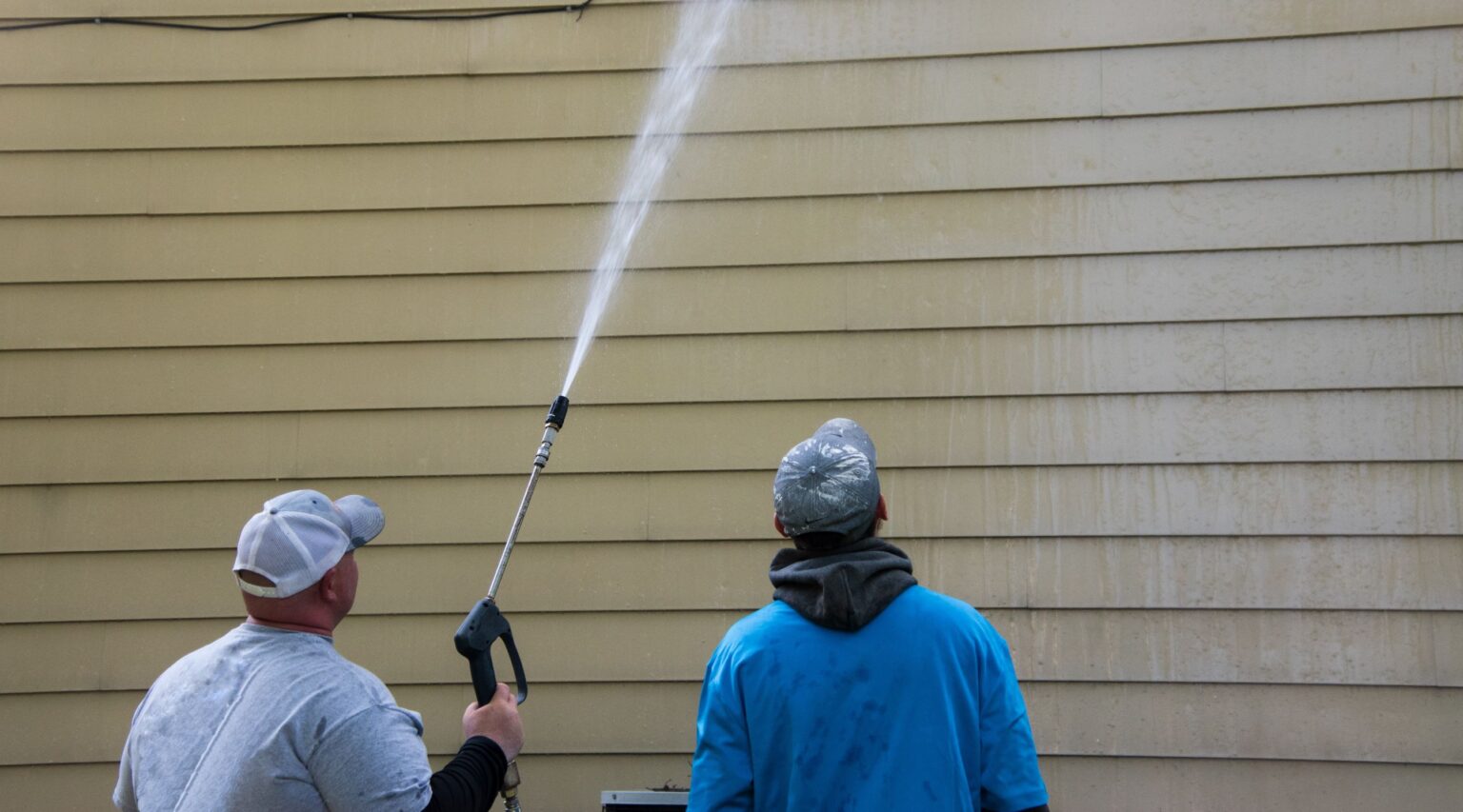
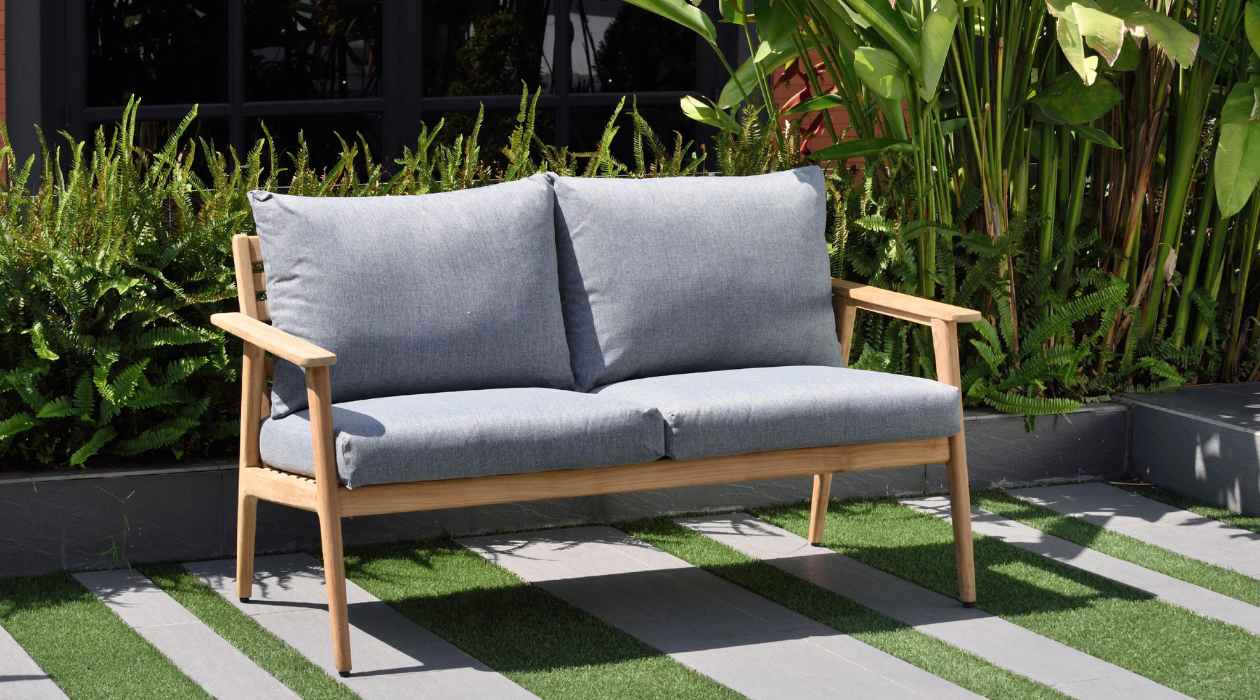
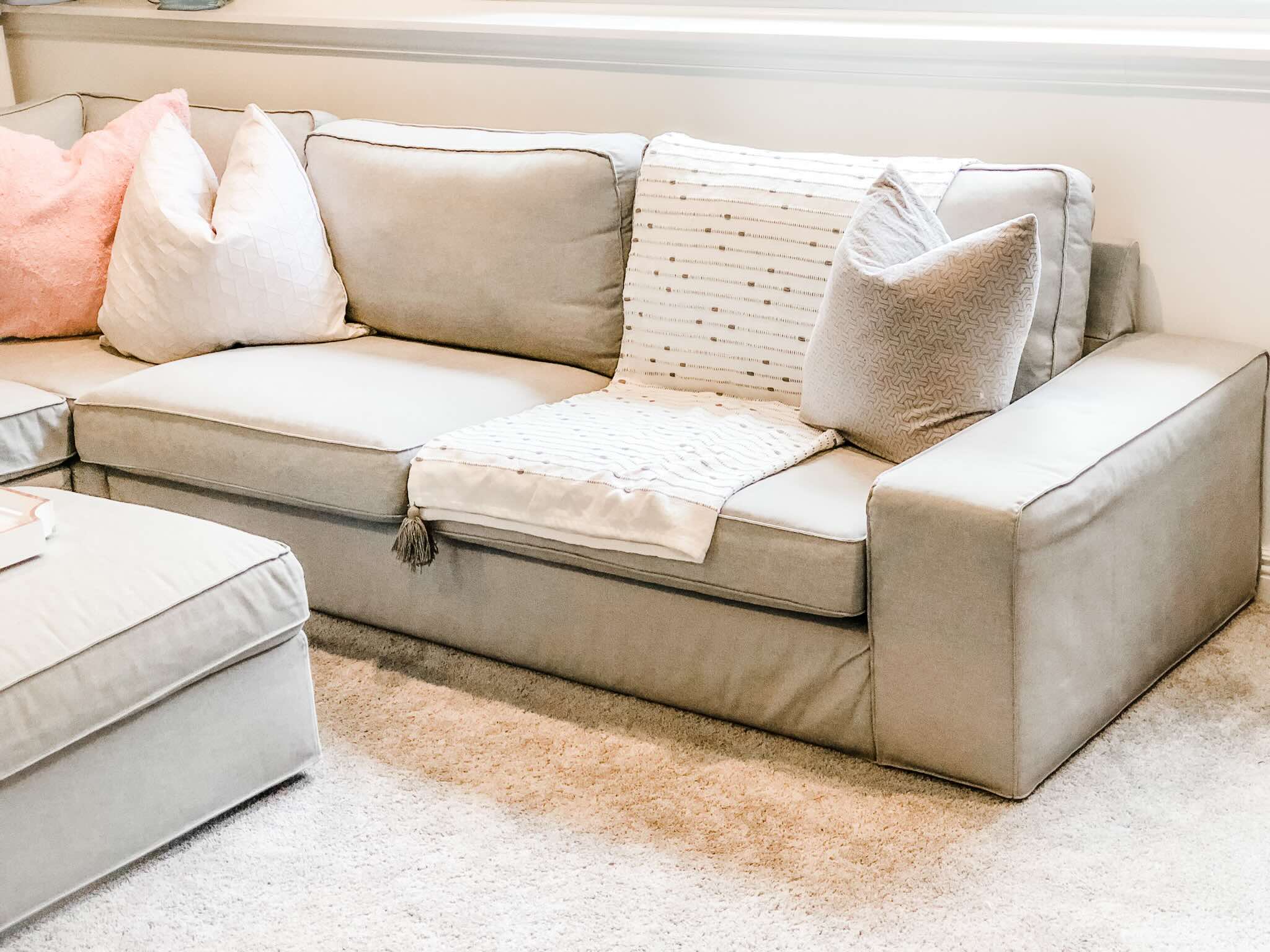

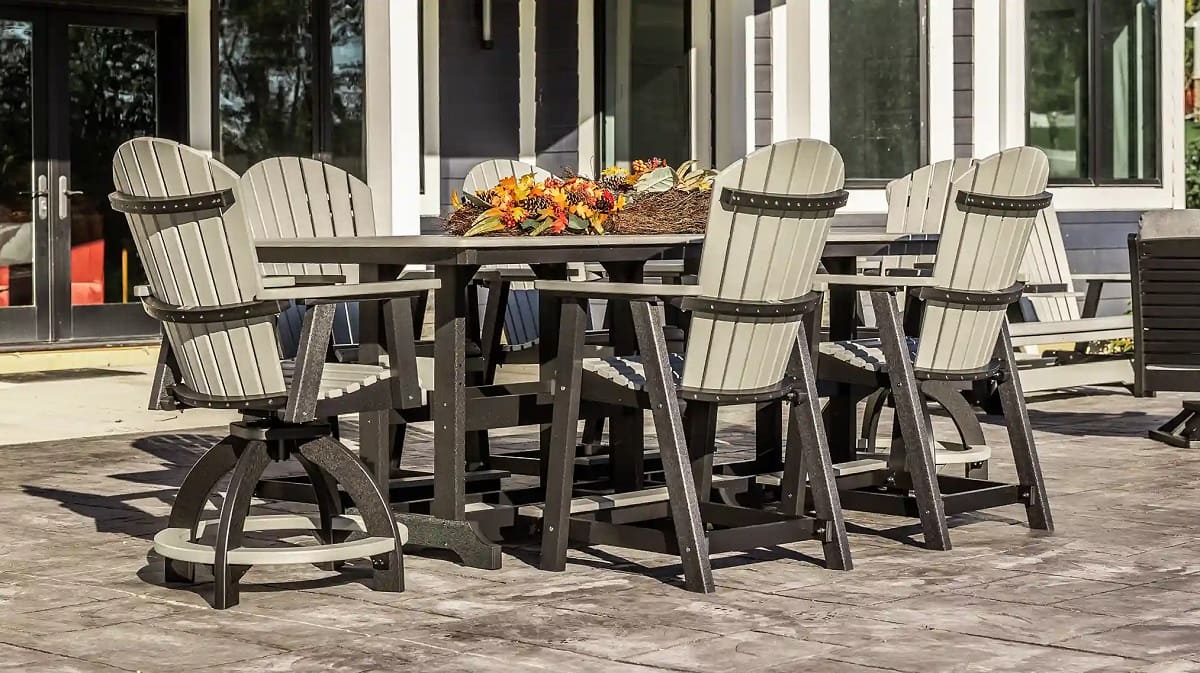
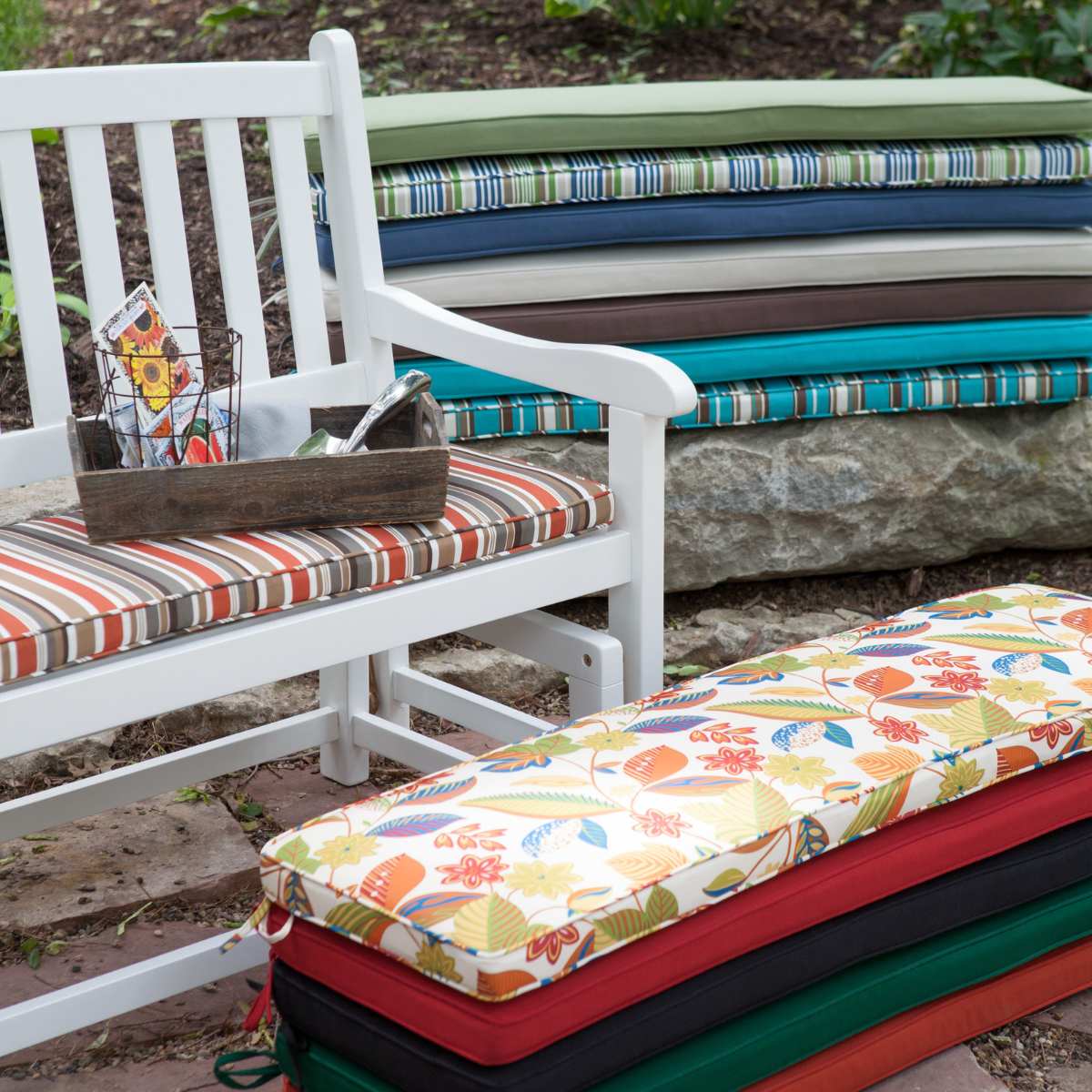
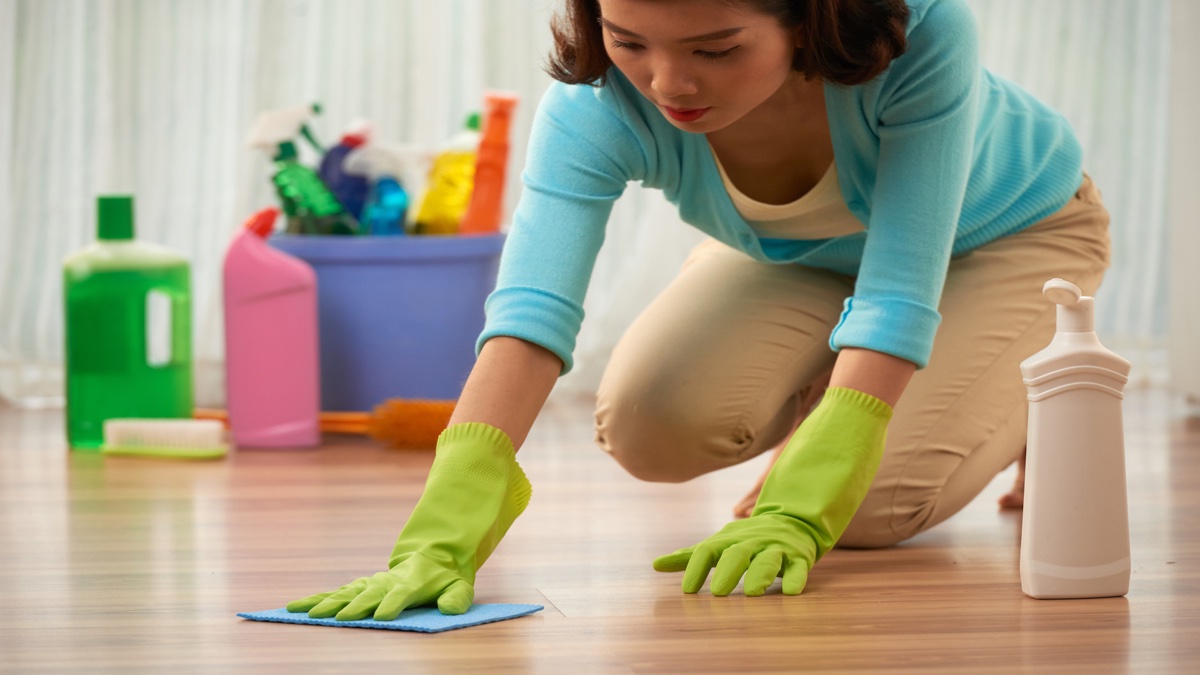
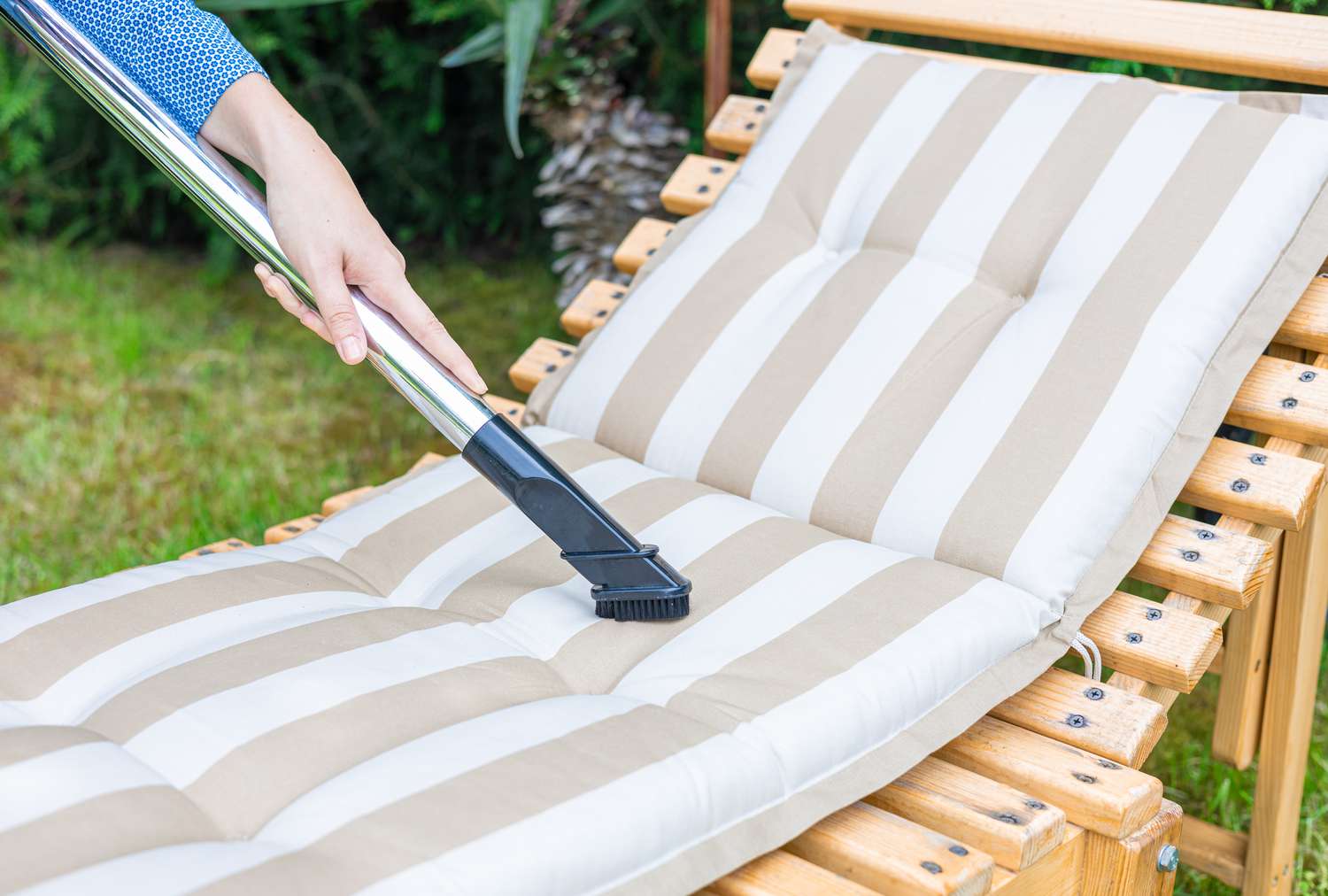
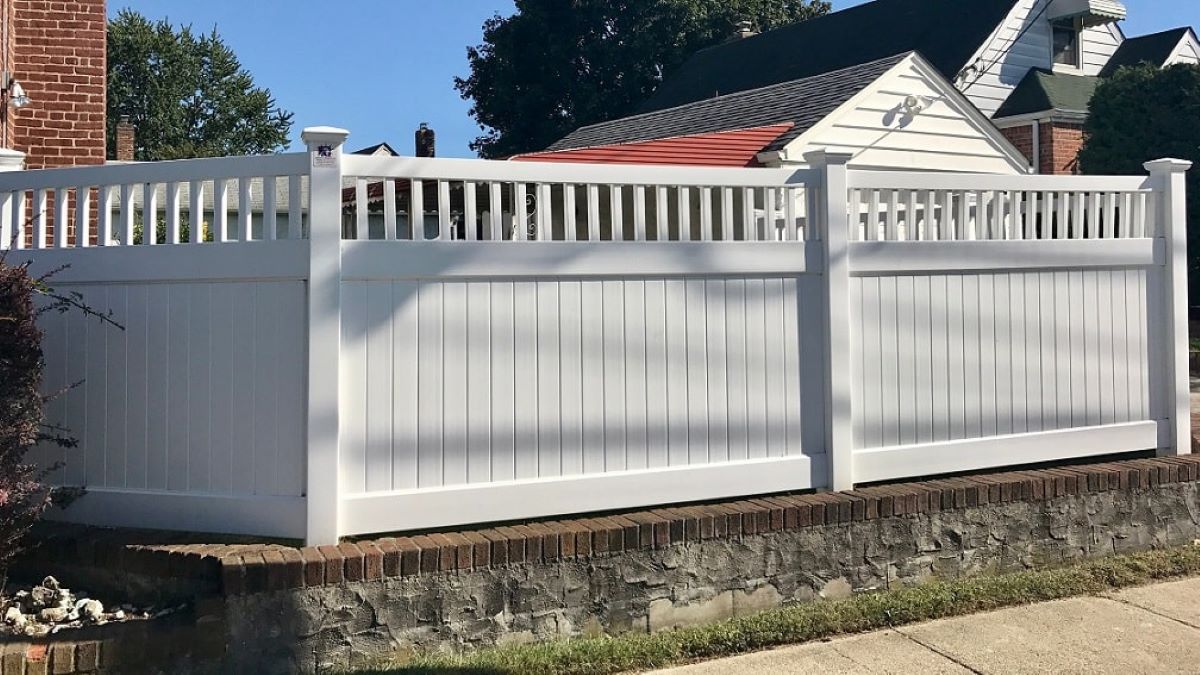

0 thoughts on “How To Clean Vinyl Cushions”